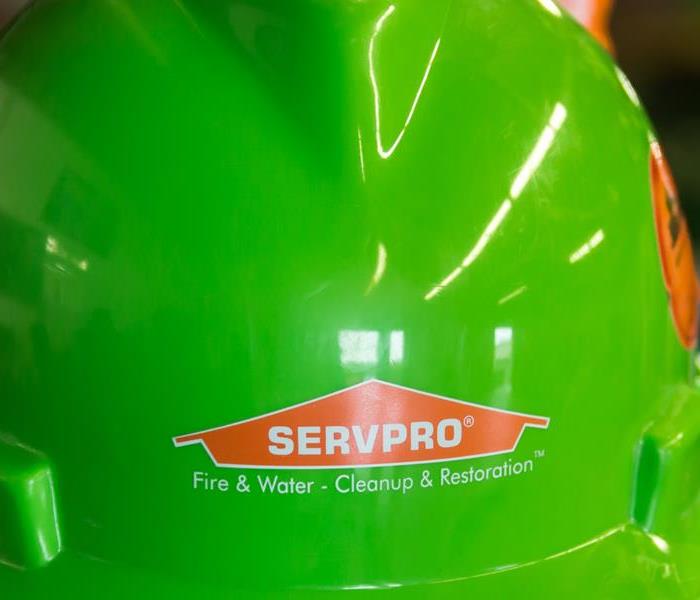What Do I Need To Know About Structural Drying After Flooding In My Home Or Business?
7/17/2023 (Permalink)
We've all had the unpleasant experience of discovering that our basement or laundry room floor is wet due to a plumbing issue - by walking into a puddle unexpectedly. Or a recent flood or storm turned your property into a quagmire! If this has happened to you, you're likely thinking about how to clean up the mess and whether structural drying will be necessary.
Today we will discuss the basics of structural drying restoration and why it is essential to help you make an educated decision.
The structural drying process is simple: excess moisture must be removed from materials to achieve a sufficiently dry standard or goal. Thus, drying wet buildings involves extracting moisture trapped within building materials (for example, drywall, dimensional lumber, concrete, etc.)
What Four Principles Define Structural Drying?
- Eliminating water. Drying structures is based on water extraction as the first step. Although several extraction methods exist, physical extraction releases water the fastest. In this state, liquid water extraction works more efficiently than air movers and dehumidifiers.
- Evaporation Phase. The remaining moisture is evaporated with high-velocity air movers after the water has been physically removed. The market has recently expanded to include air movers as structural drying equipment tailored explicitly to fast structural drying. Their low energy consumption improves the efficiency of air circulation.
- Balancing evaporation. The moisture in the floor and furniture disappears as it dries and evaporates, and mold evaporates into the air as water vapor. However, the room would still be damaged without dehumidifiers to remove the moisture. Mold growth after water damage would undoubtedly result from a delayed drying process.
- Managing the temperature. After structural drying and dehumidification, in the first 36 to 48 hours, the temperature of the air should be between 70 and 90 degrees Fahrenheit. The evaporation process is helped by air warmer than 70 degrees Fahrenheit, as cooler air slows evaporation. The heat that exceeds 90 degrees Fahrenheit hinders dehumidifiers' operation.
Why Is Structural A Necessary Part Of Water Damage Restoration?
Professional structural drying and water damage restoration offer numerous benefits, including:
- Increasing efficiency. Professionals handle the structural drying of your home, which is a fast and efficient process. You can expect them to continue working until the flood damage restoration is completed so your house can return to normal as soon as possible.
- Ensuring no secondary damage occurs. Another component of the structural drying process is preventing mold growth and bacteria from spreading, so you will not have to worry about lingering moisture after your home has been thoroughly dried. A professional water damage restoration company will have the right equipment and processes to get you back to normal.
- Non-destructive process. Professionals' structural drying technique helps protect critical building materials by preserving their integrity during water damage recovery. Whether wood, drywall, or other materials in the area are affected by water, the professionals will take every precaution to keep your property safe from further damage.
Here at SERVPRO of North Nashville, we're prepared to help you whenever the worst happens. Our highly-trained team members have all the skills and technology needed to "make it like it never happened!"
If you have experienced storm damage, water damage, mold damage, or a disaster of any other kind or size, contact us so we can begin your restoration immediately!
This franchise is independently owned and operated.





 24/7 Emergency Service
24/7 Emergency Service
